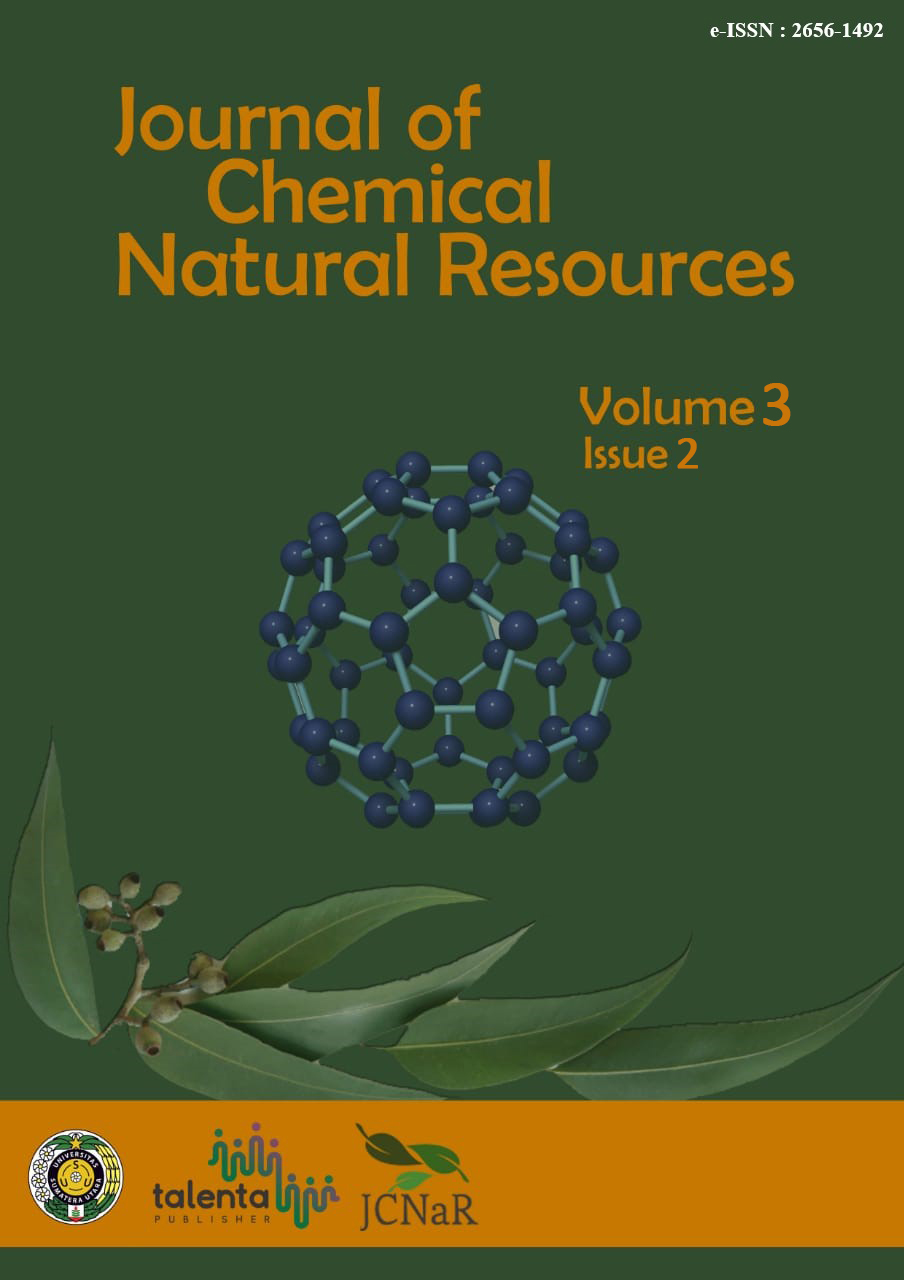Decrease Levels of Chromium, Copper, and Nickel in Liquid Waste of The Electroplating Laboratory of Medan Polytechnic with Electrocoagulation Method
DOI:
https://doi.org/10.32734/jcnar.v3i2.9346Keywords:
Electroplating, Wastewater, Electrocoagulation, Flocculation, Coagulation, Heavy MetalsAbstract
The liquid waste contained several metals such as Cr, Cu, and Ni in concentrations of 64 mg / L, 252 mg / L, and 125 mg / L, which may cause environmental pollution. The process of coating metal has resulted in heavy metal waste. The electrocoagulation process is a combination between electrochemical processes and coagulation-flocculation processes. This research aims to use the electrocoagulation method as an alternative for treating wastewater containing heavy metals in particular. The results showed a decreasing trend of percentage in metal content with decreased levels of 99.931%, 99.837%, and 99.994% for Cr, Cu, and Ni, respectively.
Downloads
References
Darmono. 1995. Logam Dalam Sistem Biologi Mahluk Hidup. Jakarta: UI-Press.
Ginting, P. 1992. Mencegah dan Mengendalikan Pencemaran Industri. Cetakan Pertama. Jakarta: Sinar Harapan.
KEP-51/ MENLH / 10 / 1995. Tentang Baku Mutu Limbah Cair Bagi Kegiatan Industri
Laurance, L. T. 1986. Process Modification For Industrial Pollution Source Reduction. 2nd Edition. Michigan: Lewis Publisher.
Nainggolan, H. 2011. Pengolahan Limbah Cair Industri Perkebunan dan Air Gambut Menjadi Air Bersih. Medan: Usu Press.
Palar, H. 1994. Pencemaran dan Toksikologi Logam Berat. Jakarta: Penerbit Rineka Cipta.
Vik, E. A., Carlson, D. A., Eikun, A. S., Gjessing, E. T., 1984. Electrocoagulation of Potable Water, Water Research.
Widowati, W. 2008. Efek Toksik Logam. Pencegahan dan Penanggulangan Pencemaran. Bandung: Penerbit Andi Yogyakarta.
Downloads
Published
Issue
Section
License
Copyright (c) 2022 Journal of Chemical Natural Resources

This work is licensed under a Creative Commons Attribution-ShareAlike 4.0 International License.















